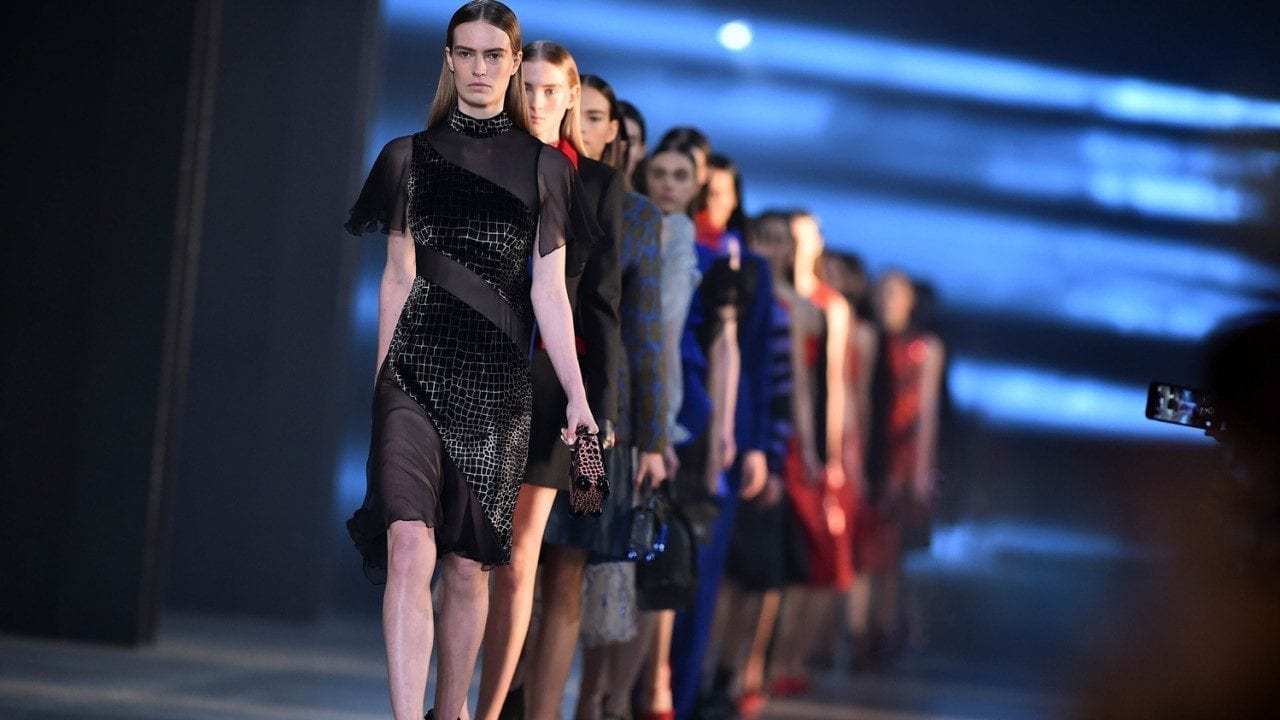

The past year has seen massive changes in the way that fashion retail stores operate and how customers approach retail shopping. The usual routine of visiting shops and trying on clothes is losing popularity and is slowly being replaced by a digital alternative.
When Apple said, “There’s an app for that” nearly a decade ago, even they couldn’t have predicted just how influential mobile apps would become in our day to day lives.
Mobile app development has exploded in the last ten years, meaning that your average smartphone user now has access to a massive range of apps from a multitude of sports and health trackers, to a games library that features everything from tiny indie games to rapidfire games of KO Poker, to the seemingly impossible Human to Cat Translator.
With global e-commerce on the rise, one area of app development which is seeing significant growth is fashion apps that let customer digitally try on clothes before buying them, amongst other features.
Fashion, as a whole, is increasingly turning to digital opportunities to offset a drop in retail sales. Dominican fashion designer Oscar de la Renta recently announced a partnership with Amazon to design for its Luxury Stores experience. Armani, on the other hand, have opened a traveling pop-up store on China’s Hainan Island that allows customers a “sensorial and playful immersion” and the opportunity to make their own film clips.
Broadly, fashion apps can be split into three categories of experience; discovery apps, personal shopping apps, and multiple-merchant apps.
Discovery apps allow customers to emulate the experiences of browsing through multiple stores looking for inspiration. These apps often don’t include a sales function; instead, they are a form of interactive advertising and social media.
Some discovery apps also allow the user to virtually try on clothes, using their phone camera and technology similar to Snapchat’s filters to make it look like they are wearing a particular outfit.
Examples of discovery apps include ShopStyle, which works a little like a Pinterest board for fashion, and The Hunt, which allows users to hunt out second-hand fashion clothing items.
Personal shopping apps do pretty much what they say on the tin, giving the user the same personalized shopping experience that they might enjoy in high-end retail stores but from the comfort of their own home.
An excellent example of this kind of app is Lookiero. Lookiero allows a user to upload a picture and some personal specifications. They will then be sent five clothing items, chosen specifically for them, which they can try on at home and return if they don’t like.
Multiple-merchant, or universal shopping cart apps, mean users don’t have to hop between multiple shopping apps or websites in order to get their fashion fix. They can use the app to browse the inventory of merchants and then purchase and checkout from a single cart.
The largest and most well known of these apps is Lyst, which gives its users access to thousands of different stores in one place.
Obviously, different fashion apps offer different experiences, ranging from enjoying the services of a personal shopper to spending the day going from shop to shop looking for some inspiration.
Some apps may be as simple as creating a wish-list of fashion products from multiple vendors. In contrast, others offer more complex services, such as digital try-ons, either by using cameras or sending products to your home, and multi-vendor shopping.
However, taken as a collective, fashion apps replace an in-person experience that people are moving away from by offering new and exciting digital services that customers can access and use from their own homes.
By adapting to changing circumstances in the global retail environment, fashion apps allow both retailers and customers to stay connected and, to an extent, replace some of the experience of in-person shopping.